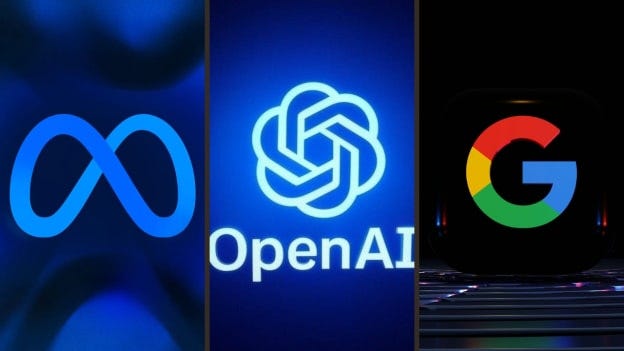More Meta Partnerships, Alibaba's New AI Chip, Microsoft Challenges OpenAI, xAI's New AI Model, Apple's AI Chatbot, & AI Transforms Drugmaking
Meta in talks with Google & OpenAI, Alibaba's new AI chip could fill China void, Microsoft releases new AI models, Grok Code Fast 1 is released, Apple has an internal AI chatbot, and AI for drugmaking
Meta’s AI Strategy Shifts with Google and OpenAI Partnership Talks
Meta is in talks to integrate Google's Gemini and OpenAI's models into their AI products, following internal chaos marked by the brief departure and rehiring of ChatGPT co-creator Shengjia Zhao as chief AI scientist, exposing ongoing struggles with their AI development.
This pivot prioriti…



